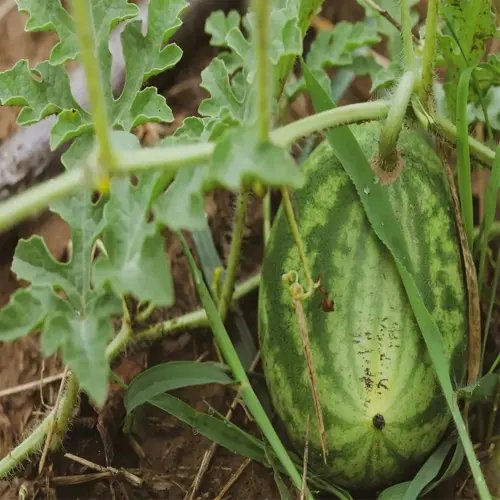Why do weeds return after treatment?

Written by
Tina Carter
Reviewed by
Prof. Martin Thorne, Ph.D.Weed regrowth is a frustration for gardeners who miss critical steps in the control process. I have watched clients struggle repeatedly with managing dandelion control because their broken taproots were able to regrow. One situation I encountered was where 80% of the weeds had regrown just from leaving 1 inch of root fragments in dry soil. Regrowth is typically not as powerful when weeding in moist soil with the proper tools in your hands.
Removal Errors
- Shallow weeding leaves root crowns intact
- Using dull tools that snap taproots
- Disposing weeds with mature seed heads in compost
Prevention Gaps
- Missing 55°F soil temp window for pre-emergents
- Applying mulch thinner than 3 inches
- Rototilling dormant seeds to surface
The depth of mulch is important. A client's vegetable bed had 60% fewer weeds when the straw mulch was increased from 1.5 inches to 3 inches. Use a ruler to measure the depth; if you just guesstimate, you will end up with thin areas mulched, allowing purslane to thrive in those spots. Every spring, replenish the layers that are decomposing.
Tillage brings up weed seeds from underground. Lambsquarters seeds can go for 40 years without germinating. When I assisted in restoring and converting a farm into no-till practices, weed pressure was dropped to 70% by the end of three seasons. Practice solarization by covering the soil for 6 weeks with clear plastic to kill surface seeds before you plant.
Read the full article: How to Prevent Weeds: 12 Expert-Backed Strategies

